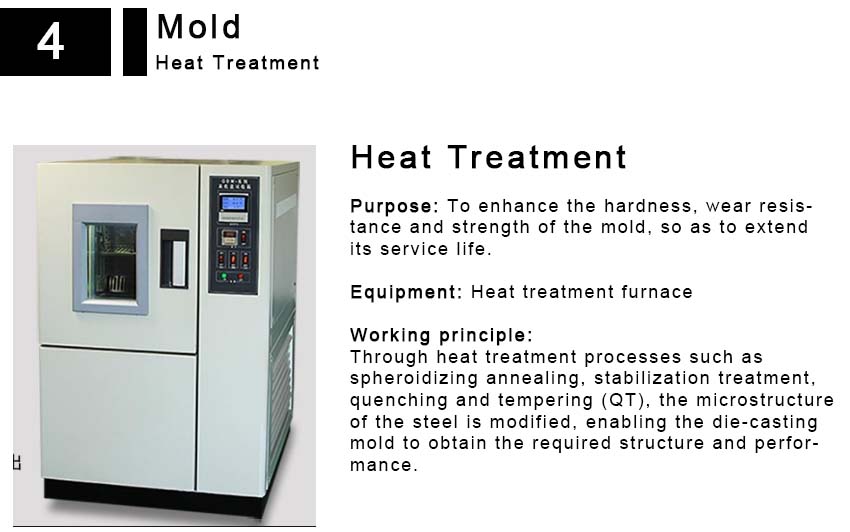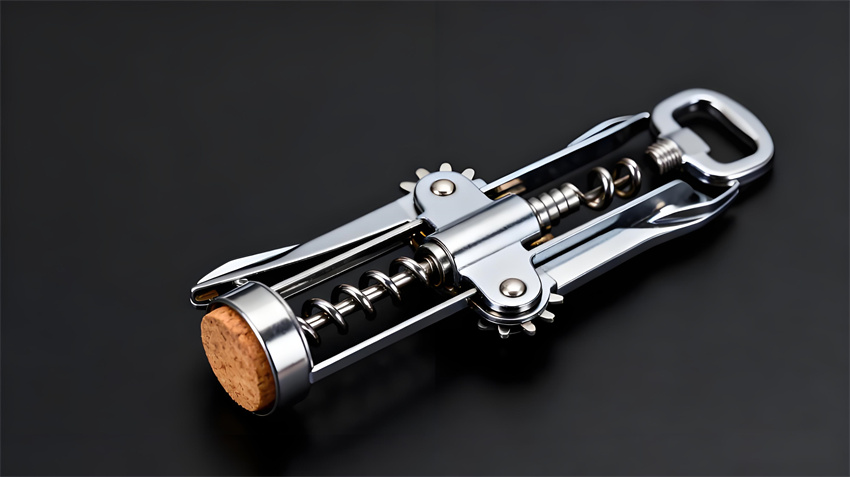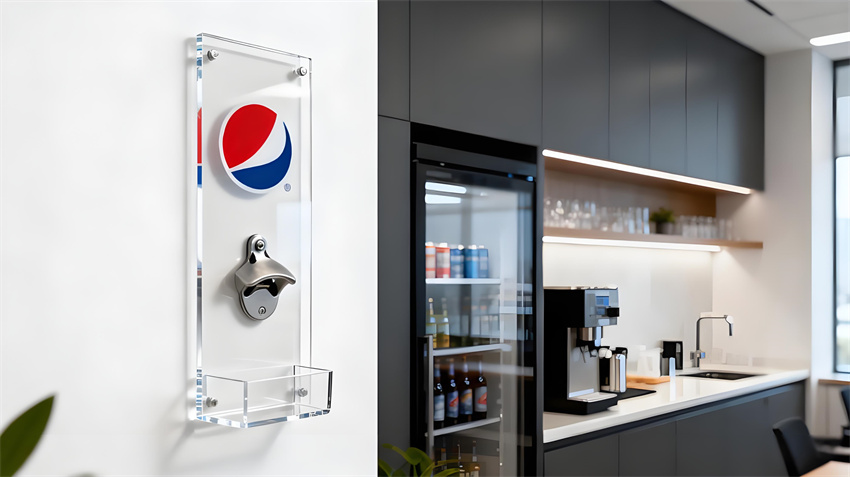Heat Treatment
Purpose: To enhance the hardness, wear resistance and strength of the mold, so as to extend its service life.
Equipment: Heat treatment furnace
Working principle: Through heat treatment processes such as spheroidizing annealing, stabilization treatment, quenching and tempering (QT), the microstructure of the steel is modified, enabling the die-casting mold to obtain the required structure and performance.

heat treatment
Mold Making Process Heat Treatment: Enhance the Hardness, Wear Resistance, and Strength
The mold making process is essential to the production of high-quality molds used in various industries such as automotive, aerospace, and manufacturing. To ensure molds perform optimally and provide long-lasting results, heat treatment plays a vital role in enhancing their hardness, wear resistance, and strength. In this comprehensive guide, we will explore the importance of heat treatment in mold making, how it enhances these critical properties, and provide detailed information on the parameters involved in the process.
1. Introduction to Mold Making and Heat Treatment
Molds are integral components in the manufacturing of various products, including plastic components, metal parts, and more. The mold making process involves creating a detailed, precise mold design, followed by casting, forging, or machining to achieve the desired shape. However, for a mold to endure the stresses of repeated use, it requires heat treatment to enhance its durability and performance.
Heat treatment involves the controlled heating and cooling of materials, typically metals, to alter their physical and mechanical properties. By carefully applying heat treatment, manufacturers can enhance the mold’s hardness, wear resistance, and strength, ensuring that the mold performs effectively throughout its lifespan.
2. The Role of Heat Treatment in Mold Making
Heat treatment is not a one-size-fits-all process. The choice of heat treatment method and parameters depends on the material used for the mold and the desired outcome. By modifying the heat treatment parameters, manufacturers can achieve specific characteristics that are crucial for mold longevity and performance.
A. Hardness Enhancement
Hardness is a critical property for molds, especially those that are exposed to high-pressure conditions, heavy-duty wear, or abrasive forces. Mold surfaces with higher hardness are more resistant to deformation and surface wear. Heat treatment processes such as quenching and tempering can be employed to increase hardness.
- Quenching: The mold material is heated to a high temperature, followed by rapid cooling in water, oil, or air. This process produces a hardened surface layer, increasing the overall hardness.
- Tempering: After quenching, the mold undergoes tempering to relieve internal stresses and increase toughness without sacrificing hardness.
B. Wear Resistance
Molds subjected to frequent contact with abrasive materials, such as in the injection molding process, require excellent wear resistance. Heat treatment can be used to modify the microstructure of the mold material, making it more resistant to abrasion and ensuring longer service life.
- Carburizing: This process introduces carbon into the mold’s surface, forming a hard, wear-resistant layer.
- Nitriding: Nitrogen is diffused into the surface, increasing hardness and improving wear resistance without altering the mold’s core properties.
- Induction Hardening: The mold is heated locally and then rapidly cooled, enhancing wear resistance in specific areas where high stress occurs.
C. Strength Enhancement
The strength of a mold is crucial to prevent failure under high pressures and temperatures. The heat treatment process can increase the material’s tensile strength and resistance to cracking, ensuring that the mold performs reliably in demanding conditions.
- Austenitizing: The mold material is heated to the austenitic phase, where the grains are refined for improved strength.
- Annealing: This process reduces the internal stresses of the mold and enhances its overall mechanical properties, including tensile strength.
3. Key Parameters in Heat Treatment for Mold Making
To achieve optimal hardness, wear resistance, and strength, heat treatment parameters must be carefully controlled. Below is a table summarizing key parameters for various heat treatment processes:
| Heat Treatment Process | Key Parameter | Effect on Mold | Typical Material |
|---|---|---|---|
| Quenching | Temperature (800-900°C) | Increases surface hardness | Tool Steel, High-Speed Steel |
| Cooling Medium (Water, Oil) | Enhances hardness but may induce internal stresses | ||
| Tempering | Temperature (150-650°C) | Relieves stresses and increases toughness | Tool Steel, Alloy Steel |
| Time (1-2 hours) | Reduces brittleness, balancing hardness and toughness | ||
| Carburizing | Temperature (900-950°C) | Increases surface hardness and wear resistance | Low Carbon Steel |
| Carbon Content | Creates a hardened case layer | ||
| Nitriding | Temperature (500-550°C) | Enhances surface hardness and corrosion resistance | Alloy Steel, Stainless Steel |
| Nitrogen Content | Increases surface wear resistance | ||
| Induction Hardening | Frequency (5-100 kHz) | Provides localized hardness in high-stress areas | Steel |
| Heating Time (Seconds) | Provides minimal distortion while enhancing wear resistance | ||
| Annealing | Temperature (600-700°C) | Reduces internal stresses and refines grain structure | Steel, Cast Iron |
4. FAQ on Mold Making Process Heat Treatment
Q1: How does heat treatment affect the overall performance of a mold?
Heat treatment improves the overall performance of a mold by enhancing its hardness, wear resistance, and strength. This allows the mold to withstand the high stresses and abrasive forces encountered during the manufacturing process, thereby increasing its service life and reducing the need for frequent repairs or replacements.
Q2: What is the ideal heat treatment process for improving mold wear resistance?
For improving wear resistance, nitriding and carburizing are often ideal heat treatment processes. Nitriding introduces nitrogen into the surface of the mold, making it more resistant to abrasion. Carburizing, on the other hand, adds carbon to the surface, creating a hard, durable case layer that enhances the mold’s resistance to wear and tear.
Q3: Can heat treatment be used to improve the toughness of a mold without sacrificing hardness?
Yes, tempering is used to improve toughness without sacrificing hardness. After quenching, tempering helps to reduce internal stresses and brittleness, ensuring that the mold retains its hardness while becoming more resistant to cracking and failure under load.
5. Conclusion
In the mold making industry, heat treatment is a critical process to enhance the hardness, wear resistance, and strength of molds. By utilizing different heat treatment methods, manufacturers can optimize the performance of their molds, ensuring longevity, reliability, and minimal downtime in production. Understanding the various heat treatment processes and parameters is essential for selecting the right treatment for specific mold materials and applications.
By investing in heat treatment, manufacturers can extend the life of their molds, reduce maintenance costs, and improve the efficiency of their operations, ultimately leading to higher productivity and better product quality.








